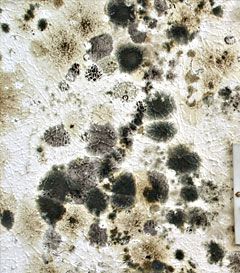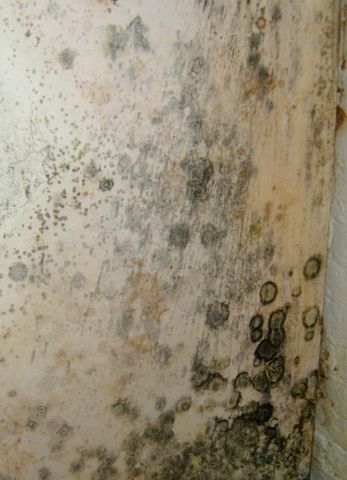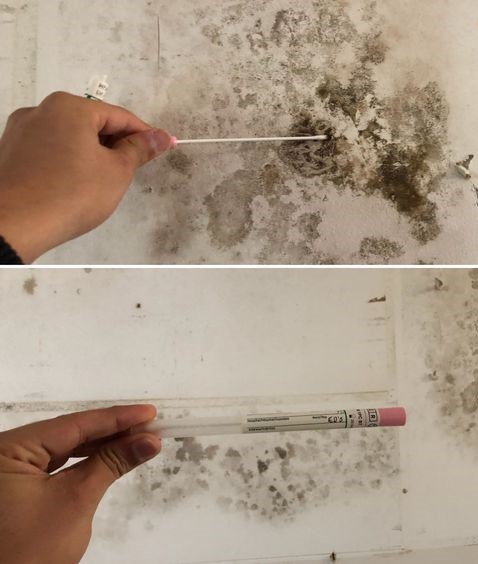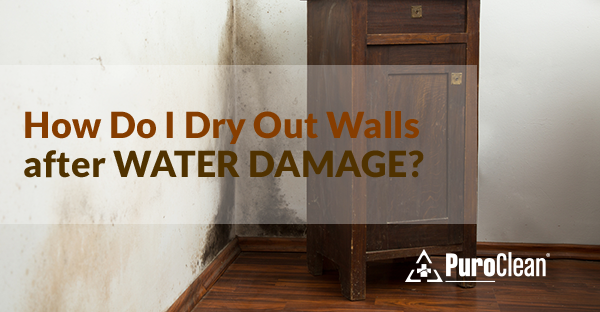
Mold comes in various types, and understanding their health effects is crucial. Let’s break it down:
- Allergenic Molds: These affect people with allergies or asthma. About 20%-30% of the population is susceptible to mold, leading to reactions like allergic rhinitis. Most people without allergies are unaffected by small amounts of allergenic molds.
Allergenic molds trigger immune responses in sensitive individuals. Here are some common types:
Alternaria: Often found outdoors, it can cause severe asthma.
Cladosporium: The most common airborne outdoor mold.
Aspergillus: Common both indoors and outdoors.

- Pathogenic Molds: These can cause infections or diseases. They’re dangerous for individuals with weakened immune systems, such as infants, the elderly, and those with compromised immunity.
Pathogenic molds are capable of causing infections or diseases, especially in individuals with weakened immune systems. Here are some common types:
Aspergillus: A. fumigatus and A. flavus are prevalent species. A. fumigatus causes invasive aspergillosis and chronic pulmonary infections.
Aureobasidium: Often found on wooden surfaces, wallpaper, and painted surfaces.
Mucor: Commonly discovered in damp areas like basements and near air conditioning units.

- Toxic Molds: These produce mycotoxins, harmful chemicals dangerous to humans. Exposure can occur via ingestion, skin contact, or inhalation. Mycotoxins can lead to temporary irritation or long-term illness.
Toxic molds produce mycotoxins, which are poisonous chemicals dangerous to humans. Here are some notable types:
Stachybotrys (Black Mold): Infamous for its harmful substances, it can lead to severe health problems.
Chaetomium: Typically found on water-damaged building materials like drywall and insulation.
Fusarium: Commonly grows on water-damaged carpets and fabrics.

To measure mold safety levels, consider these steps:
- DIY Testing Kits: Purchase an in-home mold testing kit. Follow the instructions to collect samples from strategic locations in your home. If results are positive for mold spores, send the test to a lab for further analysis.

- Visual Inspection: If you see visible mold, no testing kit is necessary. However, for hidden mold, testing is essential.
Remember, addressing mold promptly is crucial, even if no one has fallen ill yet. Seek professional help if needed! 🌿🏠.



 PuroClean of San Clemente
PuroClean of San Clemente